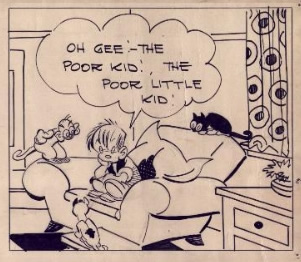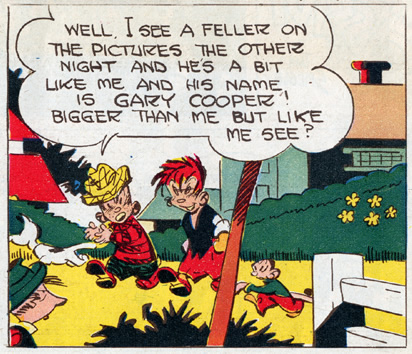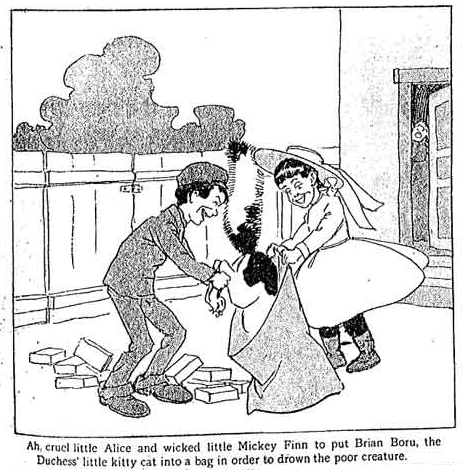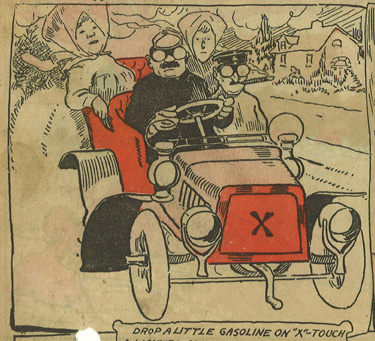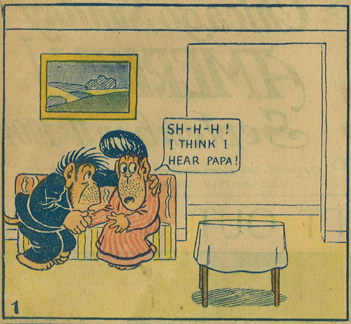Jason Chatfield was nice enough to send me some rare scans to share with you all of a strip I was previously unaware of, but which is the longest running comic strip in Australian History, Ginger Meggs. Here’s what Jason has to say about the strip:
Ginger Meggs is the longest running comic strip in Australian History, and the longest running comic strip character internationally, after Schultz, Watterson,MacNelly etc. stopped drawing their respective strips. The strip has had five artists now, myself the fifth as of the last couple of months.
The two strips attached are from the Sun Herald in Sydney – one is from 1921, in a strip where Meggs first appeared called “Us Fellers” drawn by Megg’s creator, James “Jimmy” Bancks. The other is from 1951, a year before he died and passed the strip on to Ron Vivian.
Enjoy!
Thanks much for sharing these, Jason!
Click the image to view the full strip.
Click the image to view the full strip.


